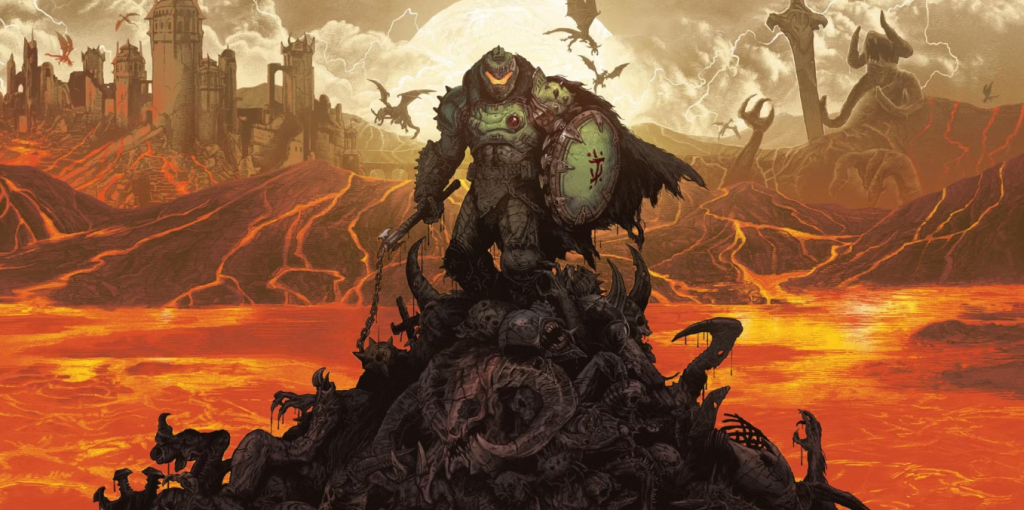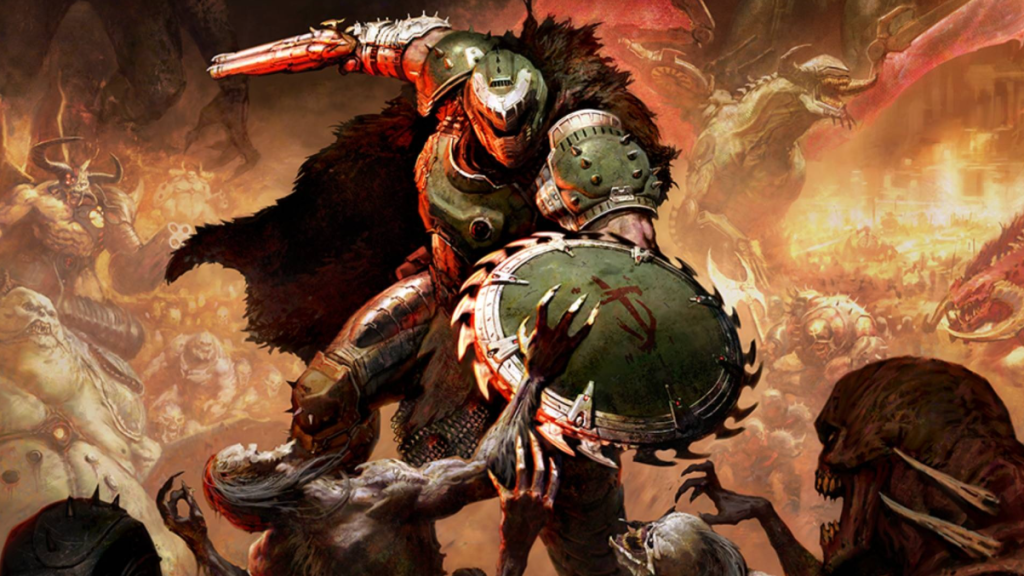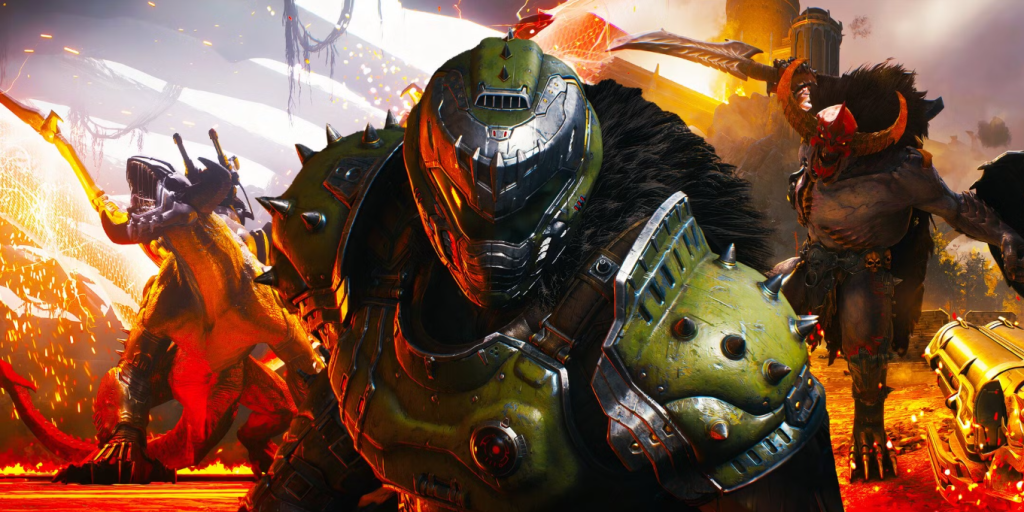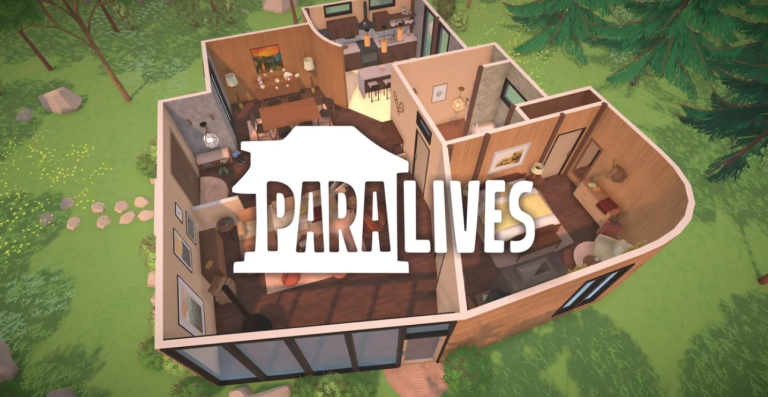
There’s a certain moment in every Doom game where your hands stop thinking and your body just reacts—where every demon you rip apart and every bullet you fire becomes a beat in some hellish, hypnotic rhythm. It’s a dance of blood, bullets, and brutality. But in Doom: The Dark Ages, that rhythm feels different. Not diluted—just… heavier. Meatier. Almost medieval. And it’s not just because you’ve got a massive shield saw on your arm that looks like it was stolen from a Viking blacksmith on bath salts.
When I watched that first gameplay snippet—Doom Slayer throwing his shield like it’s a demonic Captain America, pinning a cacodemon to the wall before diving in with a mace the size of a coffee table—I thought, “This isn’t the Doom I remember. But damn, it still feels like Doom.”
Because here’s the twist: The Dark Ages doesn’t just slap a new coat of medieval paint on the classic formula. It re-engineers the entire combat loop with the kind of precision usually reserved for German sports cars and fighting game inputs. You’re no longer just running and gunning; you’re measuring risk, leveraging timing, and using tools that echo with consequence. Every swing of your skull-crushing mace, every perfectly timed shield parry, isn’t just about dealing damage—it’s about setting up the next three moves.
Executive producer Marty Stratton summed it up best: “The loop is all about trade-offs. There’s risk, there’s reward, and there’s always a decision to be made.” And honestly, that decision-making hits close to home. Think about trying to carry all your grocery bags into the house in one trip—you’re balancing weight, door keys, and the dog’s barking, calculating risk and efficiency on the fly. That’s Doom: The Dark Ages, but instead of eggs and oat milk, it’s rocket launchers and demon skulls.
The shield is the real star this time. Not just a defensive afterthought, but a multifunctional weapon that locks enemies down, returns like a boomerang, and synergizes with nearly every mechanic in the game. Stratton calls the control scheme “ergonomical,” and I get it—your fingers are already there. It’s not about memorizing a hundred combos; it’s about instinct and timing. It’s the same feeling as knowing exactly when to slam the brakes in a high-speed turn or when to throw your car keys across the room to catch the phone mid-ring. It’s fast. It’s reactive. It’s natural.

Game director Hugo Martin explained it this way: “If a heavy weapon kills a bunch of enemies but slows you down, you have to think—do I use it now, or is that going to get me killed?” It’s that constant, low-level mental tension that keeps the adrenaline up. You’re not just surviving hell—you’re solving it, one grotesque encounter at a time.
But what really makes The Dark Ages sing is its flow. You’re not just toggling between guns anymore. You’re riding a wave, stringing together melee, shield, and firearms in combos that almost feel like choreography. A parry leads to a stun. A stun sets up a super shotgun blast. That blast fills your charge meter. The charge powers your mace. And before you know it, you’re slashing through demons with glowing yellow trails and wondering how your fingers learned to play death metal.
And speaking of music—Martin calls the guns “rhythm guitars” this time around. Which is a poetic way of saying: they’re not just here to scream. They’re here to groove. You don’t have to switch every two seconds like in Doom Eternal; you can stick with your favorite instrument and still melt faces. It’s less frantic, more deliberate. Like headbanging to a sludge metal breakdown instead of shredding through a thrash solo.
There’s even a touch of RPG-style depth now. You’ve got three melee weapons. One’s fast and charges quickly. Another hits like a truck but has limited swings. Choosing between them in the middle of a firefight feels a little like picking which kitchen knife to use when someone breaks into your house—you know you’ll win, but how you do it matters. And that kind of decision-making, layered with upgrade paths and shield runes that add elemental effects or post-parry bonuses, means your combat loop gets richer the deeper you go.
Stratton even jokes that you could beat a whole level with one gun if you wanted. Not because it’s easy—but because the game is designed around preference and mastery, not just rapid-fire juggling. That’s a big shift from Eternal, which sometimes felt like playing a trumpet solo while juggling flaming chainsaws.
But what The Dark Ages doesn’t do is forget what made Doom great. There’s still the visceral joy of exploding imps with a shotgun. There’s still the wide-eyed terror when a giant, sword-wielding demon charges across the arena. And there’s still that primal satisfaction of finishing an encounter and realizing you haven’t blinked in two minutes.
What’s different is how you get there. You don’t just survive the room—you solve it. You manipulate the combat loop like a puzzle box made of bone and fire. And every new mechanic—the shield throws, the charge-based melee, the parries that chain into invulnerability windows—feels like a new layer of meaning on top of the chaos.

For longtime fans, this might be the first Doom where the melee isn’t just a finisher—it’s a playstyle. Where the shield isn’t just a defense—it’s a strategy. And where the guns aren’t just loud—they’re smart. It’s a Doom that rewards you for thinking fast but also thinking well.
So if you were worried about The Dark Ages turning Doom into a slower, clunkier version of itself—don’t be. If anything, it’s more Doom than ever. Just imagine swapping your BFG for a shield saw that hums in your hands, your every move a calculated act of carnage, and the whole battlefield your personal concert stage of death.
Because this time, you’re not just ripping and tearing. You’re composing the entire damn symphony.
![]()


